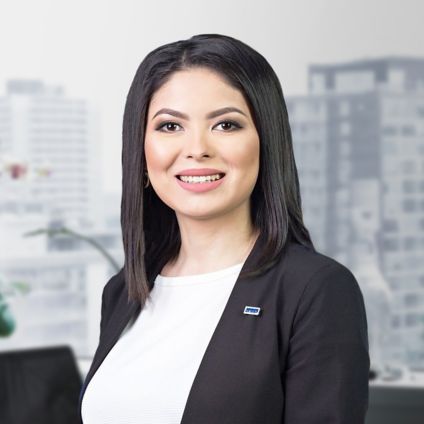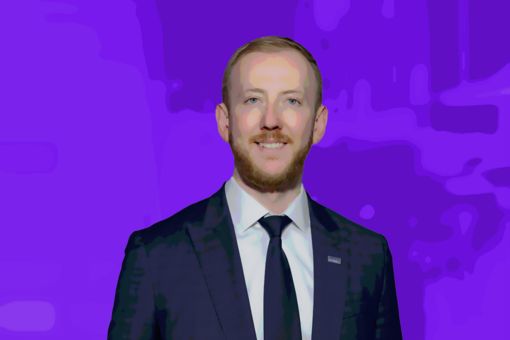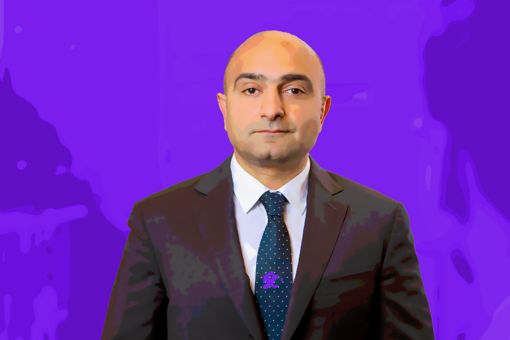KPMG enabled a mining company to automate core analysis workflows, achieving 99% accuracy in image normalization, 98% in renaming, and 70% in lithotype classification, driving significant efficiency improvements.
Before KPMG
A mining company faced significant challenges in the preprocessing of images for core analysis, which was carried out manually and required considerable time and effort. Tasks such as cropping and renaming images were labor-intensive and inefficient in terms of cost and employee workload. Similarly, the classification of lithotypes was performed manually by geologists using magnifying glasses and tactile examination, a process that was not only time-consuming but also prone to human error and subjectivity.
These traditional methods limited the company’s ability to scale operations and achieve the accuracy needed for modern geological analysis. Recognizing the need for improvement, the company sought to modernize its workflows to enhance productivity, reduce data inconsistencies, and keep pace with the growing demand for precise core analysis.
Image classification with AI goes beyond just deploying a computer vision model—it requires strategic integration, optimized workflows, and measurable impact to truly drive efficiency.

Key Pillars of KPMG’s Collaboration
When the client engaged KPMG, a mining company recognized the potential of AI but was uncertain about how to effectively integrate it into their workflows. KPMG conducted multiple ideation sessions to identify key pain points in their core analysis process. The discussions highlighted that significant time and effort were being consumed by manual tasks such as cropping and renaming images, as well as the manual classification of lithotypes by geologists. These inefficiencies limited productivity and accuracy, creating bottlenecks in their operations.
KPMG developed a custom Computer Vision solution to meet the client's needs, automating tasks such as image processing, text detection, and lithotype classification. This initiative aimed to automate repetitive tasks, improve the accuracy of geological analyses, and significantly enhance operational efficiency.
Here’s how it works:
- First, the image is adjusted and cleaned to remove any irrelevant areas, and then it is sent for further processing.
- Handwriting text detection identifies intervals and well names within images, and an advanced tool is used to read and transcribe the text for further analysis.
- The system then organizes and stores the processed images in an orderly way, making them easy to find and reference when needed.
- Lithotype classification is performed using advanced computer vision models to accurately identify and categorize different lithotypes in the images.
Based on this workflow, KPMG developed a comprehensive solution tailored to the mining company’s needs, integrating AI-powered tools to streamline image preprocessing, enhance text detection, and automate lithotype classification.
Company outcomes since working with KPMG
The company's key core analysis processes were successfully automated, resulting in significant efficiency improvements. Image cropping accuracy reached 99%, renaming images achieved 98% accuracy, and lithotype classification attained 70% accuracy. These improvements streamlined operations, reducing the time and effort required for manual tasks while enhancing overall productivity.
Additionally, the automation has provided a robust foundation for scaling AI solutions across the company’s geological analysis operations. By integrating AI-powered tools into their workflows, the company is now positioned to further optimize their processes, improve data-driven decision-making, and unlock greater value from their resources in the future.



